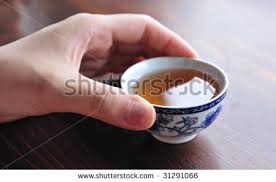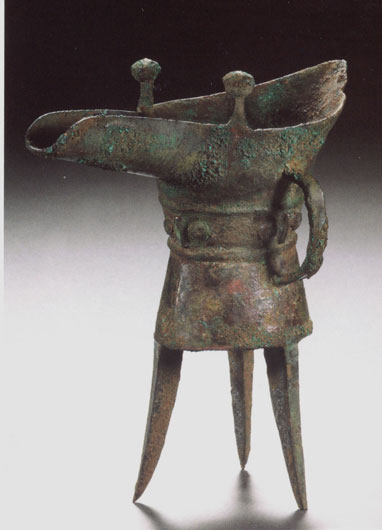I'm coming from a Central Asian nomadic culture (Kazakh), north of China. We share many components of nomadic culture, including the pottery. Rounded cups have been known in the region since second half of 1000 BC.
Our cups are called kese [keseh].
The ergonomic factors of kese are exhaustively defined by the nomadic tradition.
One, the shape has to allow for a compact storage.
Two, most importantly, nomadic way of living means moving around constantly. All parts of the culture are defined by this: clothes, food, even pottery.
The region's climatic zone is steppe-desert, in which the soft dusty and sandy soil is prevalent. When a nomadic person makes a stop to eat, such cups, especially if the bottom is rounded, are stable if thrusted in the sand or soil. They don't fall over even on the uneven ground. If there was a handle, an effort to stabilize such a cup in the ground could break the handle or break the cup altogether.








